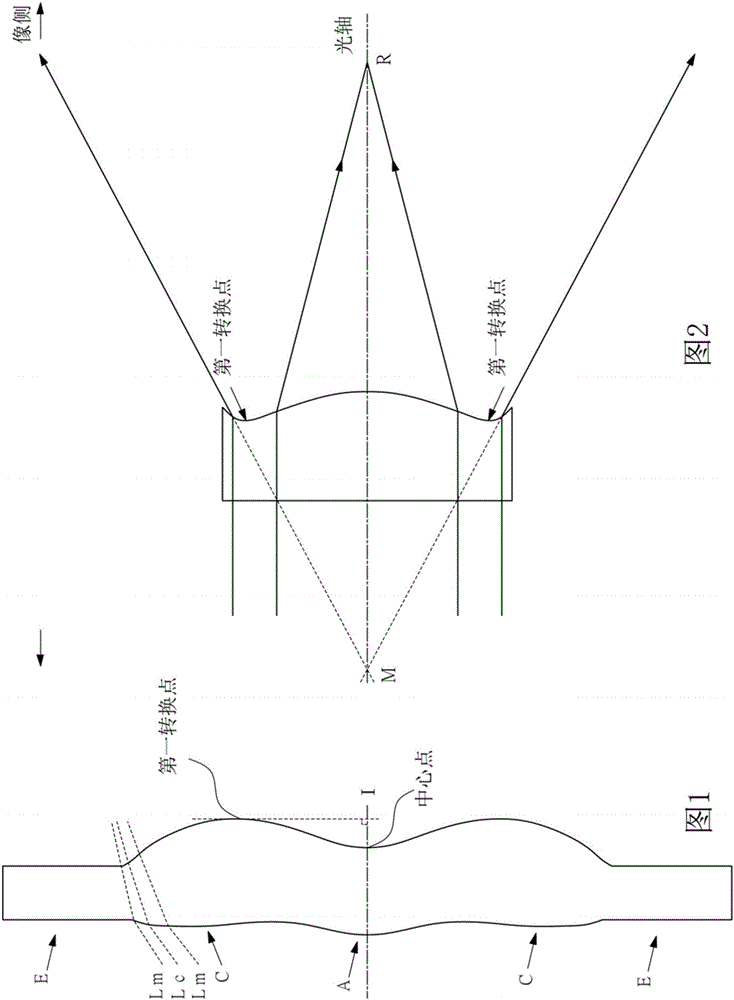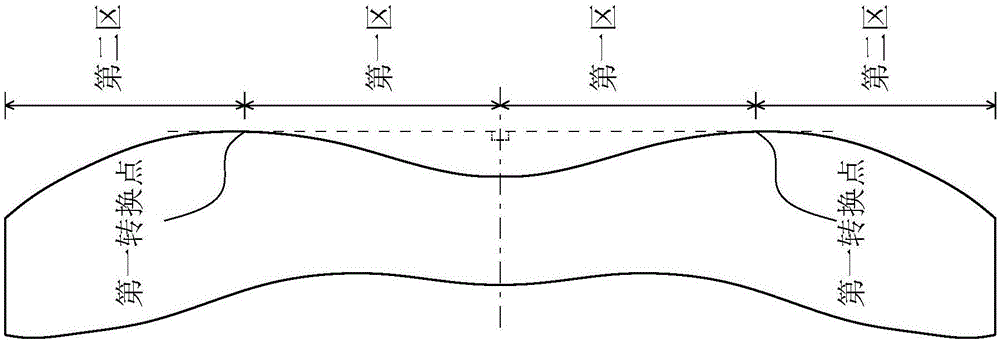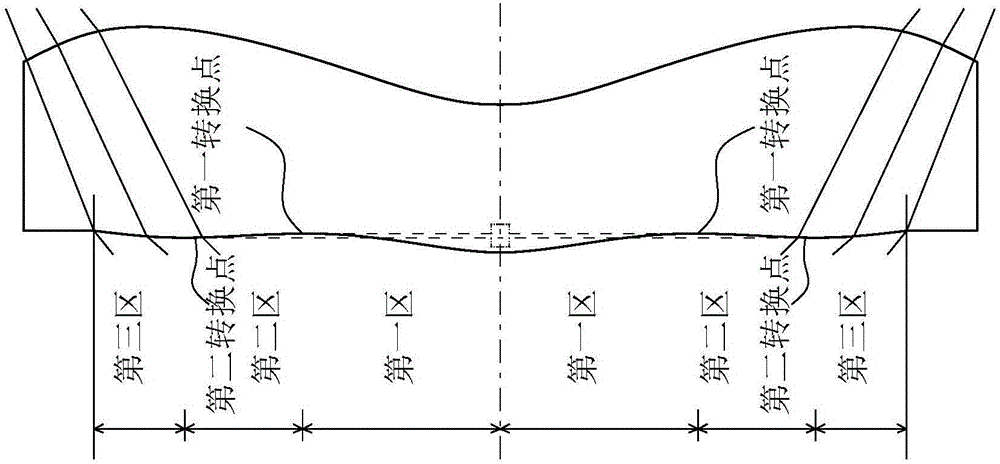Optical imaging camera lens
An optical imaging lens and lens technology, applied in optics, optical components, instruments, etc., can solve problems such as unfavorable thinning of mobile phones and digital cameras, difficulty in shortening the length of telescopic lenses, and difficulty in designing optical imaging lenses, and achieves the reduction of lens length, The effect of increasing the available aperture and improving the assembly yield
- Summary
- Abstract
- Description
- Claims
- Application Information
AI Technical Summary
Problems solved by technology
Method used
Image
Examples
Embodiment Construction
[0084] To further illustrate the various embodiments, the present invention is provided with accompanying drawings. These drawings are part of the disclosure of the present invention, which are mainly used to illustrate the embodiments, and can explain the operating principles of the embodiments in conjunction with the relevant descriptions in the specification. With reference to these contents, those skilled in the art should understand other possible implementations and advantages of the present invention. Components in the figures are not drawn to scale, and similar component symbols are generally used to denote similar components.
[0085] The term "a lens has a positive refractive power (or negative refractive power)" in this specification refers to the positive (or negative) refractive power of the lens on the optical axis calculated by Gaussian optics theory. The image side and the object side are defined as the range through which the imaging ray passes, wherein the i...
PUM
 Login to View More
Login to View More Abstract
Description
Claims
Application Information
 Login to View More
Login to View More - R&D
- Intellectual Property
- Life Sciences
- Materials
- Tech Scout
- Unparalleled Data Quality
- Higher Quality Content
- 60% Fewer Hallucinations
Browse by: Latest US Patents, China's latest patents, Technical Efficacy Thesaurus, Application Domain, Technology Topic, Popular Technical Reports.
© 2025 PatSnap. All rights reserved.Legal|Privacy policy|Modern Slavery Act Transparency Statement|Sitemap|About US| Contact US: help@patsnap.com



